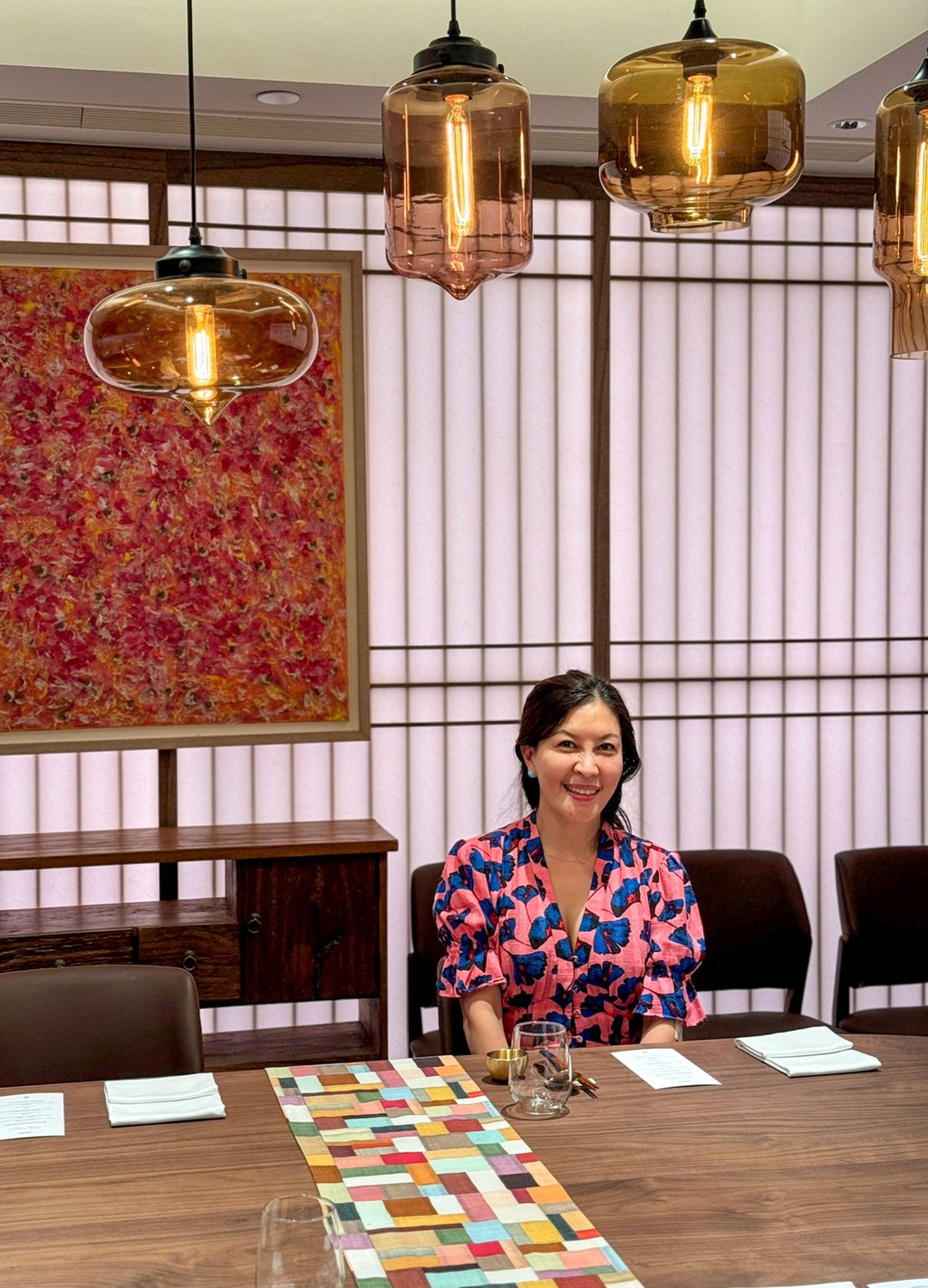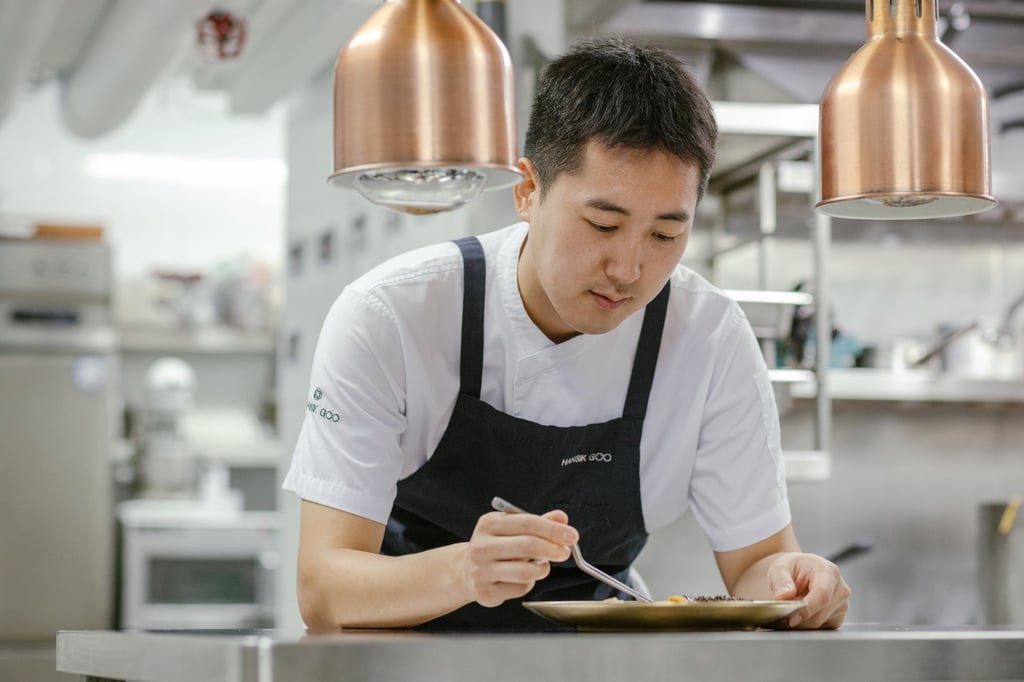Hong Kong retail: K-pop, K-dramas usher in growing demand for Korean restaurants


“The surging global popularity of K-pop and Korean dramas has presented a valuable opportunity for Korean F&B operators to expand into overseas markets, and many of them see Hong Kong as a strategic stepping stone to further penetrate the broader Asian market,” said Michelle Chiu, director of retail at JLL in Hong Kong.
“We have been getting a lot of inquiries from Korean companies that are keen to explore the Hong Kong market and have worked with several newcomers to secure their first outlets,” she said.
It also helps that Hong Kong is just about a four-hour flight from Seoul, making it relatively easier for Korean businesspeople to shuttle back and forth.
Among new F&B entrants to the city, Korean concepts accounted for 7.5 per cent in the first half of the year, versus 3.5 per cent in 2018, according to the property consultancy.
In terms of foreign retail concepts coming into Hong Kong, Korean brands had a larger contribution at 12.9 per cent in the first six months of the year, surpassing their 9.6 per cent share for the whole of 2023.
The trend is likely to persist with Hong Kong consumers becoming more discerning about Korean cuisine, Chiu said.
“Based on the favourable market dynamics, we expect the Korean wave is likely to continue for the foreseeable future,” she said. “This wave has piqued the interest of the city’s customers who have shown a willingness to pay for the right Korean dining experiences, as well as the vibe created by Korean pop music, giving customers a sense of being in Korea.”
Recent Korean F&B concepts also reflected the domestic market’s changing preferences.
Hansik Goo, a Korean fine-dining restaurant that opened in 2020 and which has been awarded a Michelin star, is an example of a successful elevated Korean cuisine experience in the city.
“There has definitely been a growing interest in Korean food among the locals in Hong Kong,” a Hansik Goo spokeswoman said. “Korean culture, from TV shows to K-pop, is thriving, and you can even find Korean dining and drinking culture on Netflix.”
“While Hong Kong people have always loved Korean food, it is often enjoyed in a more casual manner,” she said. “Hansik Goo was the pioneer of fine dining in this realm, and now we can see more restaurants in similar styles in Hong Kong. Over time, our guests have also developed a stronger knowledge of Korean dining.”
As Hong Kong consumers are also more willing to pay for quality, JLL’s Chiu said the revenue generated by a smaller Korean restaurant in Hong Kong can sometimes match or even exceed that of an eatery twice as large in Korea.
“For example, one of our clients selling Korean fried chicken mentioned that they charge around HK$120 (US$15.37) for a meal in Korea, but the same meal is priced at close to HK$300 in Hong Kong,” she added.
But the city still presents opportunities for many Korean companies, she said. “Hong Kong has advantages in terms of tax and logistics.”

Even Liang conceded that it was not the best time to bring the “most popular Korean hangover soup brand” into the city, but he believes locals will appreciate the value and quality of the offering.
“In Korea, people have to queue up for hours to get a table, so when we open in Hong Kong, hopefully locals won’t have to deal with the same big queues as in Korea,” Liang said. The restaurant is planning to offer lunch meals at a price of as low as HK$70.
Seoul Recipe’s Kim is optimistic about expanding her footprint in Hong Kong, hoping to open an even bigger outlet.
Hansik Goo, however, is more cautious.
“Expanding Hansik Goo has always been a challenge due to the intricate preparation required for our dishes,” said the restaurant’s spokeswoman.
“Nevertheless, we remain steadfast in our commitment to keep promoting and flourishing Korean dining, while exploring new concepts for potential future expansion.”
Source link



